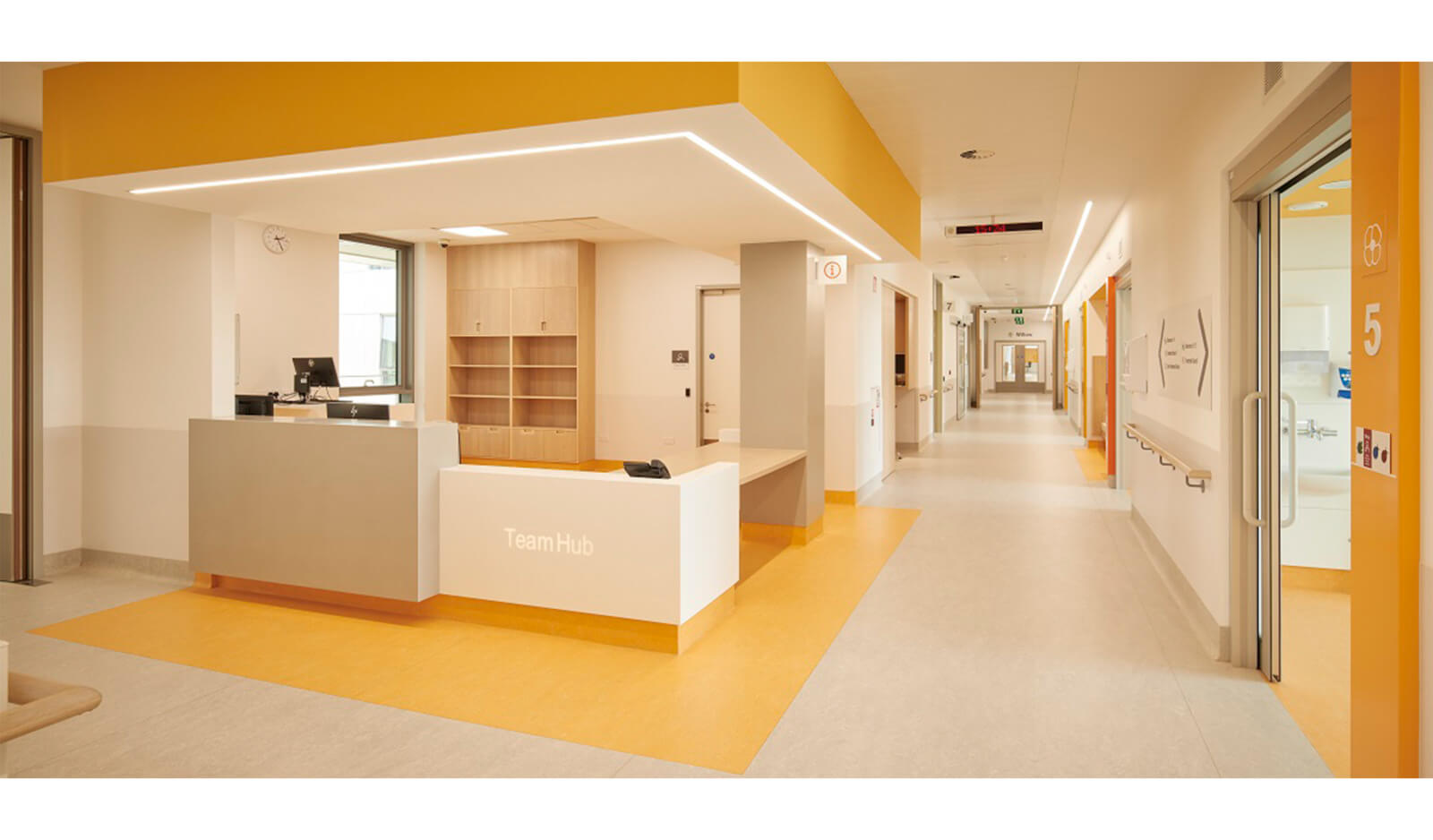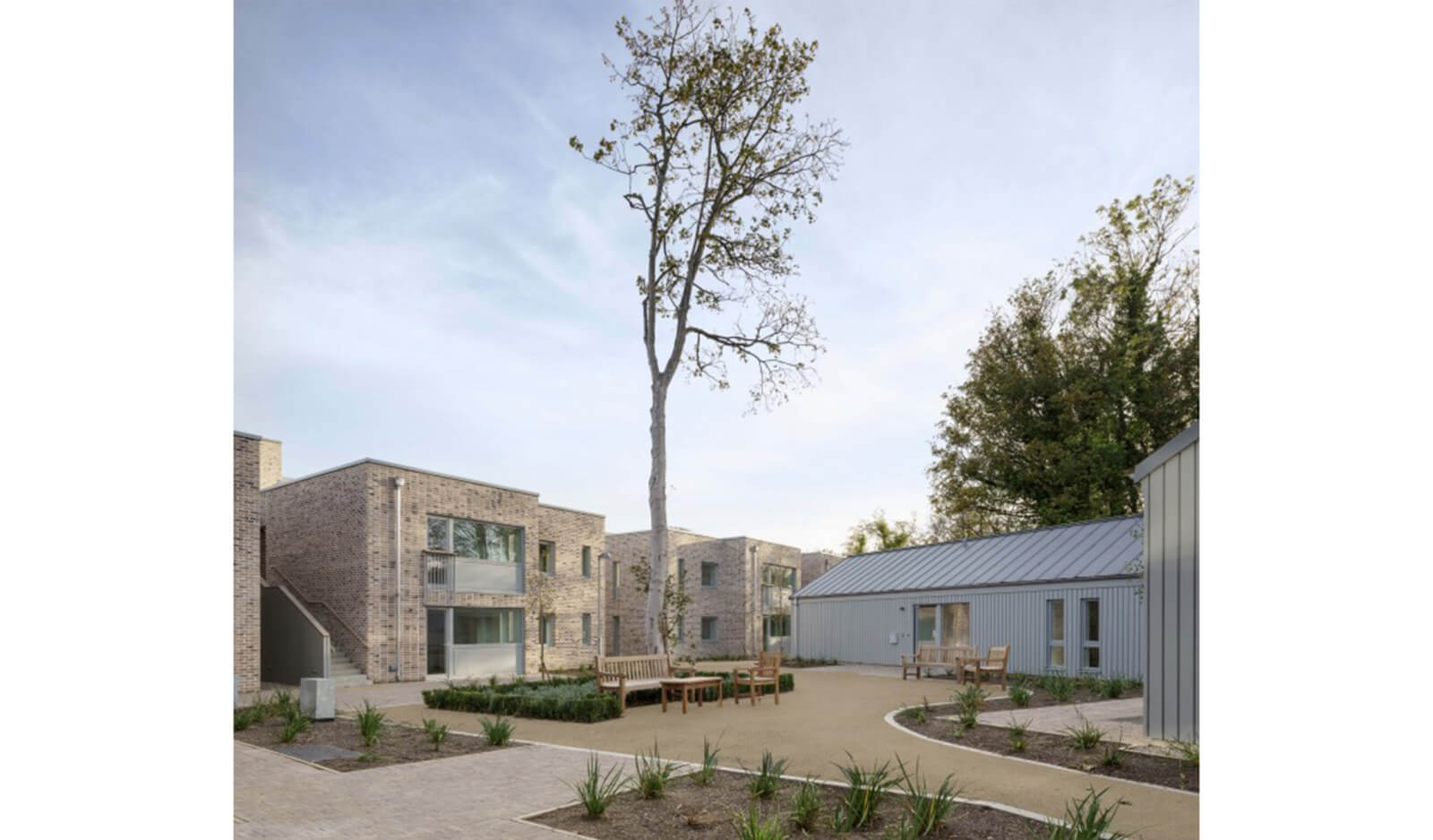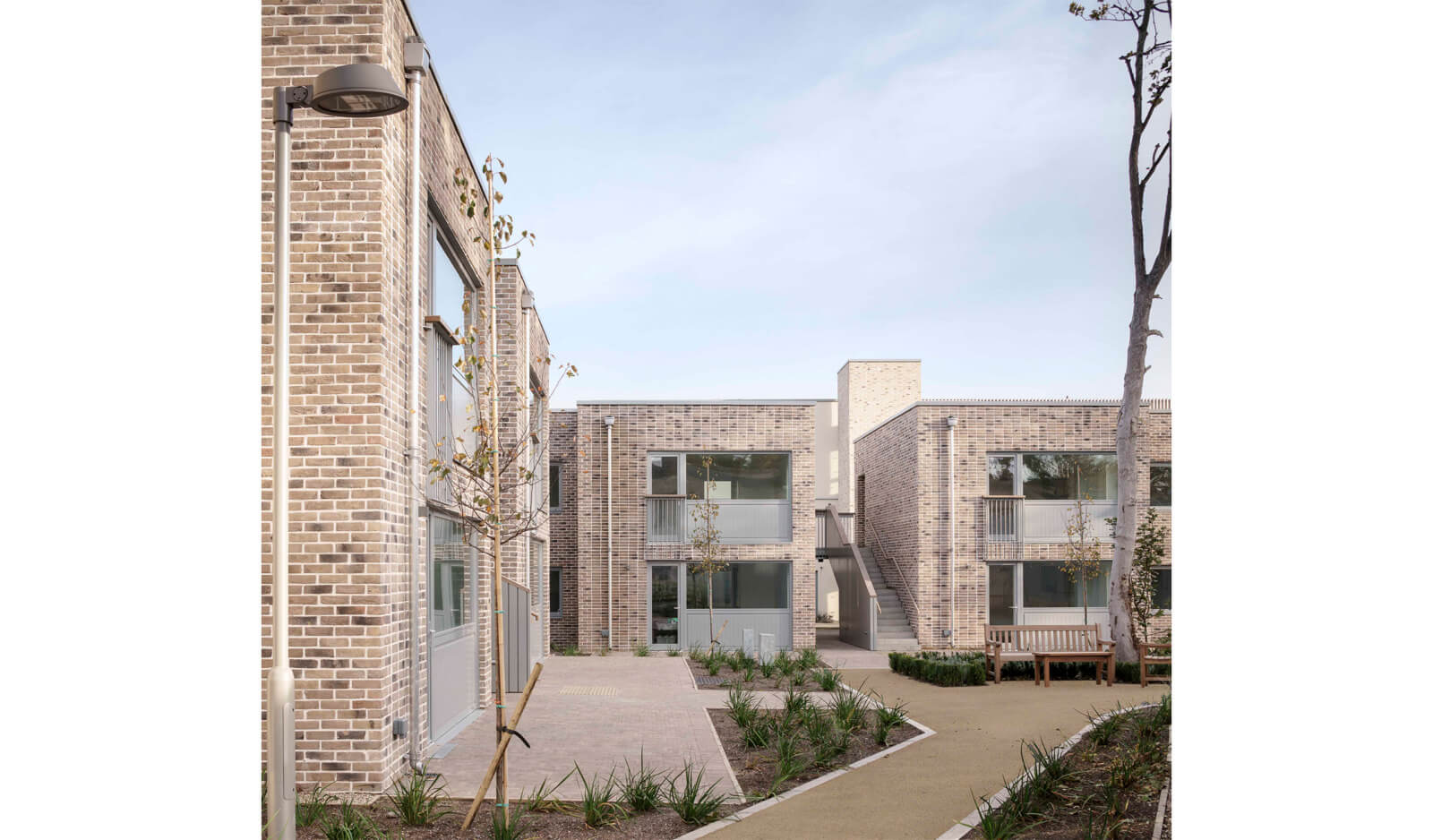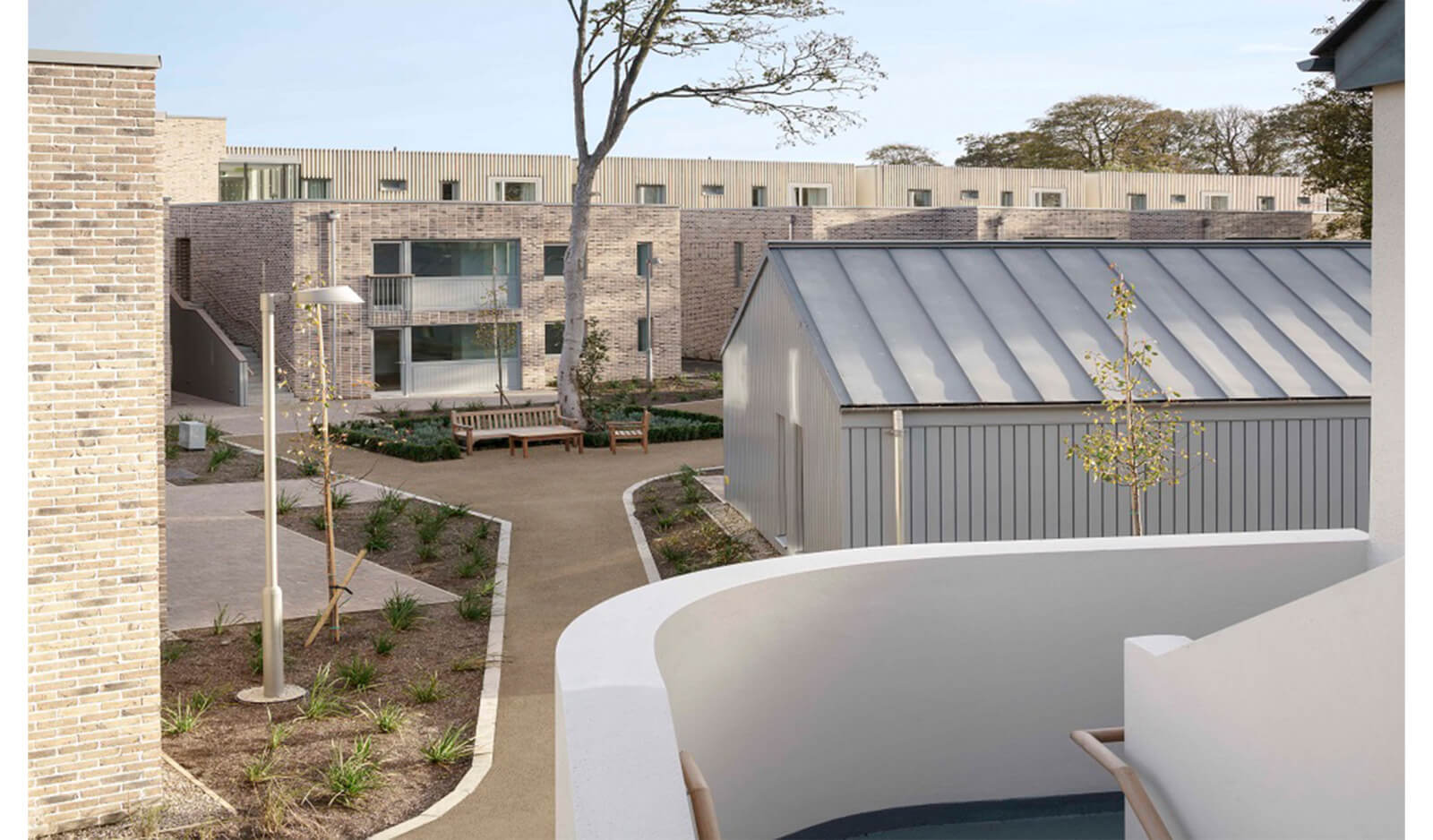At its core the Spatial Equity Research Group is interested in design through the lens of social equity, diversity and inclusion. This post is the fifth in a series exploring equitable design standards.
DEFINITION
Universal Design aims to create a singular experience that can be fully utilized by all users. There are seven main principles of Universal Design: Equitable Use, Flexibility in Use, Simple and Intuitive Use, Perceptible Information, Tolerance for Error, Low Physical Effort and Size/Space for Approach and Use. These principles were developed at the turn of the century by architects, designers and engineers at North Carolina State University under the direction of the late Ronald Mace (1941-1998).
HISTORY
Introduced in 1997, Universal Design was certainly a product of the 20th century and the many equitable design methodologies that came before it. The 20th century was a time marked by lengthy wars and significant medical advances, both of which contributed to an increase of injured/disabled persons and their lifespans. In short, disability was brought to forefront in America, and laws to curb discrimination and exclusion in the built environment soon followed. The most famous of these laws was the American Disabilities Act (ADA), which to this day prohibits discrimination based on disability and enforces the tenets of accessible design.
As mentioned earlier in the series, accessible design places emphasis on the differences between “typical” and “disabled” populations and creates unique design solutions for the latter. While architects are very familiar with how ADA (ANSI A117.1) effects the buildings we design, many overlook the impact ADA has had on technology as well. “Assistive tech” was developed within product design to help make formerly inaccessible products accessible to users with varying abilities (e.g., assistive touch on Apple touchscreen products). Also mentioned earlier was the methodology of inclusive design, which aims to serve as many occupant-needs as possible without dividing the population into distinct categories of “abled” and “disabled.” Inclusive Design begs the question: if people of different abilities share overlapping needs, how can as many of those needs be addressed by design?
While these first two design methodologies resulted in different spaces/products for different people and the prevalence of multiple design variations, Universal Design differs in that its designs offer a singular experience to all occupants. Such a design touts several benefits:
- Promotes independent living for more vulnerable populations
- Increases participation in society via inclusive technology and spaces
- Increases market reach for products
- Betters public image for companies and improves customer satisfaction
HISTORY
Seven overarching principles guide the successful implementation of Universal Design. These principles can also be used to evaluate the usability of existing spaces and products.
Principle 1 – Equitable Use: “The design is useful and marketable to people with diverse abilities.”
A counter space or desk surface may be raised or lowered to accommodate users of varying height.
Principle 2 – Flexibility in Use: “The design accommodates a wide range of individual preferences and abilities.”
Captioned videos allow people to listen or to read in order to understand content.
Principle 3 – Simple and Intuitive Use: “Use of the design is easy to understand, regardless of the user’s experience, knowledge, language skills, or current concentration level.”
A website that is well-organized with clear headings will facilitate access to information.
Principle 4 – Perceptible Information: “The design communicates necessary information effectively to the user, regardless of ambient conditions or the user’s sensory abilities.”
Videos that include voiceovers provide perceptible information to individuals with visual impairments.
Principle 5 – Tolerance for Error: “The design minimizes hazards and the adverse consequences of accidental or unintended actions.”
Keeping hallways free of protruding objects at heights not detectable by persons with visual impairments.
Principle 6 – Low Physical Effort: “The design can be used efficiently and comfortably and with a minimum of fatigue.”
Automatic door openers facilitate low-effort access to office and classroom spaces.
Principle 7 – Size and Space for Approach and Use: “Appropriate size and space is provided for approach, reach, manipulation, and use regardless of a user’s body size, posture, or mobility.”
Classrooms with a wide range of seating options can accommodate both wheelchairs user and individuals who may be taller and/or larger.
As proven by the examples above, universal design is all around us and it not a design methodology strictly limited to architecture.
CASE STUDIES
Architecture
The Royal Institute of Architects of Ireland is a professional organization that facilitates a broad range of architecture awards, including an award subcategory specifically for Universal Design. Titled “Buildings for All,” the award is designed to showcase architecture that demonstrates best practices for accessibility and inclusion. Additionally, selected projects must verify the extent of end-user collaboration during the design process and prove that the building can be used “easily, safely and with the dignity for the enjoyment of all”. Two recent award winners are below:
National Rehabilitation Hospital by O’Connell Mahon Architects
From RIAI: “The National Rehabilitation Hospital demonstrates the positive impact of involving diverse users throughout the design process by providing an environment specifically meeting the requirements of patients and staff. Consideration of Universal Design principles is evident from design concept through to detail design. This includes landscaping and access to nature, capturing views to the Dublin Mountains, natural light and ventilation, as well as easy circulation, wayfinding and use of color.” National Rehabilitation Hospital highlights Universal Design Principle #1: Equitable Use.
Rochestown House Phase III by Dun Laoghaire Rathdown County Council Architects’ Department
From RIAI: “This is a small development of 12 one-bedroom own-door apartments and 2 detached two-bedroom accessible houses. They have been carefully located between two existing refurbished and extended blocks of apartments for older people in the walled garden of Rochestown House. The scheme creates a warm, welcoming and beautifully landscaped environment of infinite variety, carefully designed and detailed using good quality materials. The range of typologies available caters for residents with varying degrees of independence. One resident of a wheelchair accessible house remarked: “Even if I had a million euros I wouldn’t change anything.” Rochestown House Plan highlights Universal Design Principle #2: Flexibility in Use.
Product Design
There is significant overlap between the usability of architectural spaces and that of products, both physical and digital. While most individuals do not have complete control over the buildings in which they work and live, most do control the devices they own, the apps they use, the websites they visit or even the furniture they lounge on. Products not designed to accommodate diverse audiences are often quickly tossed aside, so universal design is a must. Two examples of companies incorporating universal design into their products are below:
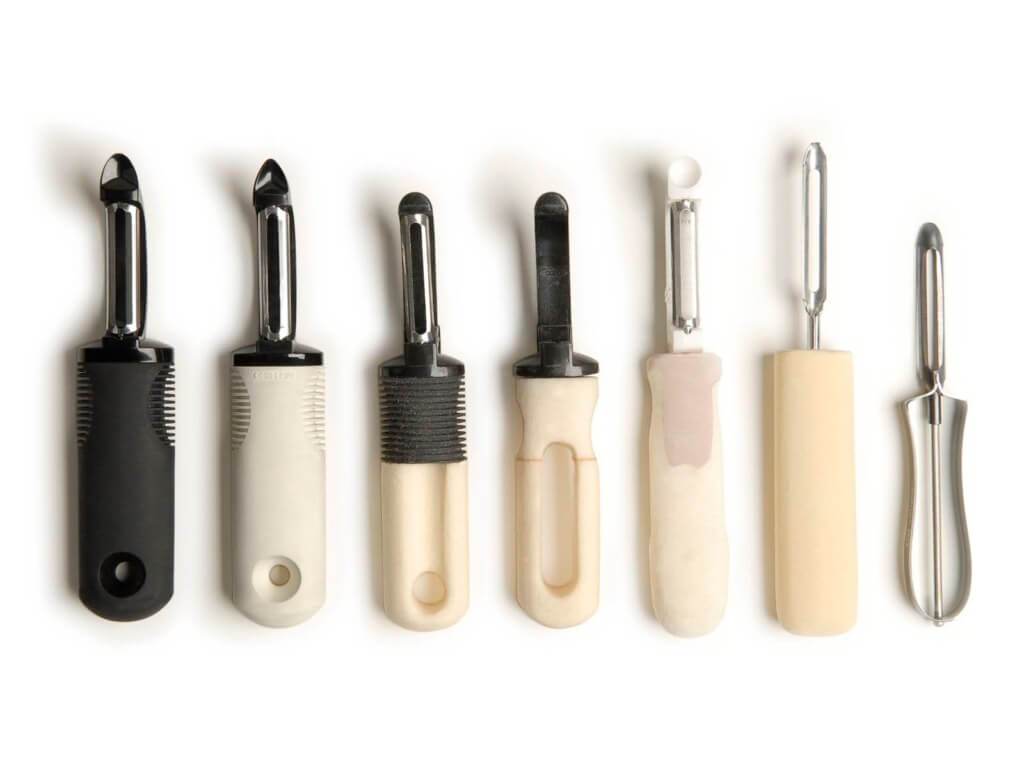
OXO Good Grips Range
OXO’s line of kitchen utensils were designed with the goal of being easy to use regardless of hand strength and dexterity. OXO has spent ample time testing their designs with a variety of hand types/abilities and use cases, all while striving for a visually elegant product line. In fact, OXO’s products are so physically accommodating they are distinctly sought after by sufferers of arthritis (The wife of OXO’s founder, Sam Farber, also struggled with arthritis).
Despite branding that originally catered only to those with limited joint mobility, OXO Good Grips’ universal design has since garnered appreciation from the wider market. For years, OXO Good Grips have been the recipient of several prestigious design awards and sales continue to increase annually. OXO Good Grips highlight Universal Design Principal #6: Low Physical Effort.

Legal & General Website
Legal & General is a life insurance company located in in the UK that successfully incorporated Universal Design into their website in recent years. The company did so by first completing a holistic accessibility and usability audit of their old website, and then researching their customer base and target audience. It was found that a significant percentage of visitors to Legal & General’s website were especially sensitive to poor website design due to dyslexia, age, unfamiliarity with English, in addition to several other factors. The new website, with its more intuitive navigation, reduced need for maintenance and shorter page loading times increased site visits and ultimately revenue – so much so that the website re-design project saw a 100% ROI in twelve months. Providing universally accessible products is simply good business. Legal & General’s Website highlights Universal Design Principle #3: Simple and Intuitive Use.
Conclusion
The basis of Universal Design is that everyone benefits from inclusive design, not only a small percentage of differently abled individuals. Additionally, proponents of universal design tend to see singular design solutions as more elegant and inclusive than those targeted at specific audiences. Careful consideration of all seven guiding principles helps create successful designs regardless of the product or end-users. However, due to the broad range of spaces and products Universal Design can apply to, typically one or two of the guiding principles may receive more emphasis. Remember, Universal Design is a process, not a product, and consideration of any of the above principles is a step toward equitable design.
Additional References & Resources
Previous Posts in This Series
Spatial Equity: Accessible Design
Spatial Equity: Designing Beyond ADA




